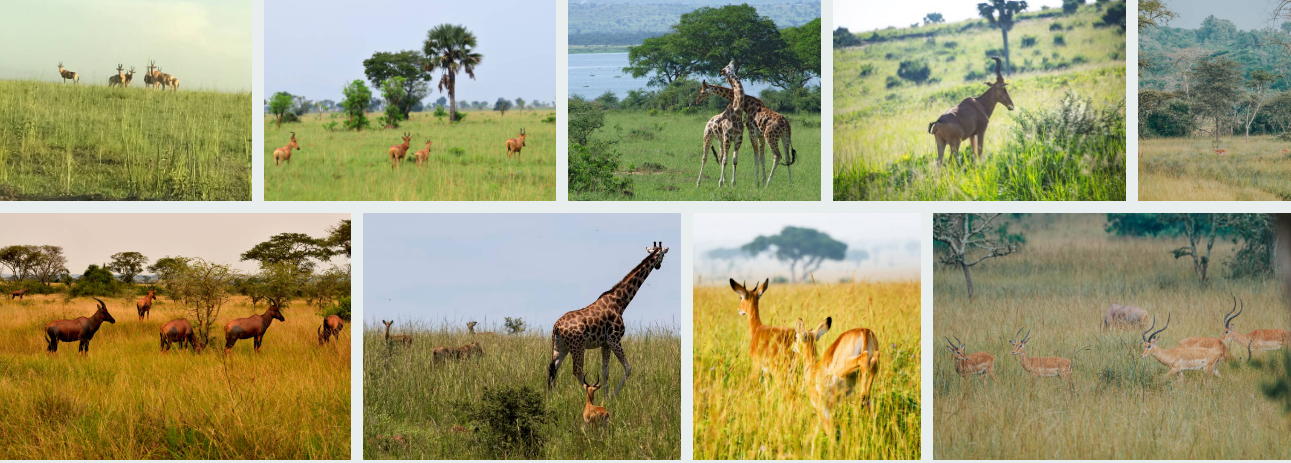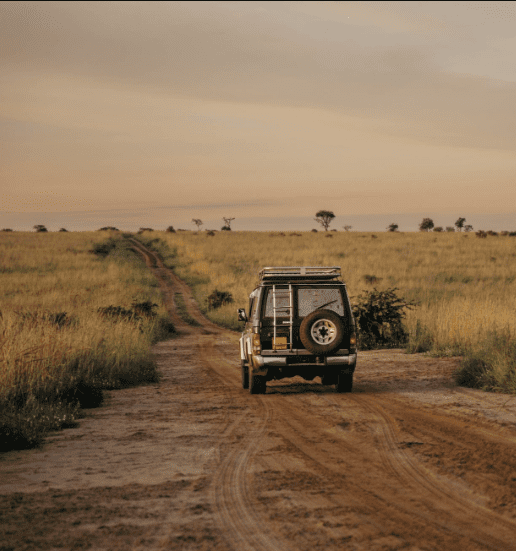Uganda Safari Booking – How to Plan an Unforgettable Adventure
If you’re considering Uganda Safari Booking, this comprehensive guide will walk you through every step—from choosing the right destinations to packing essentials and selecting the best tour operators. By the end, you’ll be inspired to embark on this life-changing adventure with confidence and excitement.
Why Choose Uganda for Your Safari?

Before diving into the planning process, it’s essential to understand why Uganda stands out as a top safari destination:
Gorilla Trekking – Uganda is one of the few places in the world where you can encounter endangered mountain gorillas in their natural habitat. Bwindi Impenetrable National Park and Mgahinga Gorilla National Park offer unforgettable gorilla trekking experiences.
Diverse Wildlife – Beyond gorillas, Uganda boasts the Big Five (lions, leopards, elephants, buffaloes, and rhinos), as well as chimpanzees, giraffes, zebras, and over 1,000 bird species.
Stunning Landscapes – From the snow-capped Rwenzori Mountains to the mighty Nile River and the serene Lake Victoria, Uganda’s scenery is nothing short of spectacular.
Affordability – Compared to other African safari destinations, Uganda offers excellent value for money without compromising on quality experiences.
Cultural Richness – Interacting with local communities, such as the Batwa pygmies and Karamojong warriors, adds a unique cultural dimension to your safari.
Step-by-Step Guide to Uganda Safari Booking
1. Determine Your Travel Goals
Before making any Uganda Safari Booking, ask yourself:
What animals do I want to see? (Gorillas, chimps, the Big Five, etc.)
How many days can I spend in Uganda?
What’s my budget?
Do I prefer luxury lodges or budget camping?
Am I interested in cultural experiences or purely wildlife?
Your answers will shape your itinerary and help you prioritize activities.
2. Choose the Best Time to Visit
Uganda’s climate is tropical, with two dry seasons (June-August and December-February) that are ideal for safaris. However, gorilla trekking is possible year-round.
Dry Season (June-August & December-February): Best for wildlife viewing as animals gather around water sources.
Wet Season (March-May & September-November): Lush landscapes, fewer tourists, and lower prices, but some roads may be muddy.
3. Select Your Safari Destinations
Uganda has numerous national parks, each offering unique experiences:
Bwindi Impenetrable National Park: The ultimate gorilla trekking destination.
Queen Elizabeth National Park: Famous for tree-climbing lions and boat cruises on the Kazinga Channel.
Murchison Falls National Park: Home to the dramatic Nile River waterfall and abundant wildlife.
Kibale National Park: The best place for chimpanzee tracking.
Kidepo Valley National Park: A remote wilderness with incredible scenery and wildlife.
A well-balanced itinerary might include gorilla trekking in Bwindi, a game drive in Queen Elizabeth, and a chimpanzee encounter in Kibale.
4. Book Gorilla and Chimpanzee Permits Early
Gorilla permits ($800 per person) and chimpanzee permits ($200 per person) are limited and sell out quickly. Secure these at least 6 months in advance, especially if traveling during peak season.
5. Choose a Reputable Tour Operator
A reliable tour operator simplifies Uganda Safari Booking by handling permits, accommodations, transportation, and guides. Look for:
Licensed by Uganda Tourism Board (UTB)
Positive reviews on TripAdvisor or SafariBookings
Transparent pricing with no hidden costs
Customizable itineraries
6. Decide on Accommodation
Uganda offers a range of lodging options:
Luxury Lodges (e.g., Sanctuary Gorilla Forest Camp, Mahogany Springs)
Mid-Range Lodges (e.g., Engagi Lodge, Ishasha Wilderness Camp)
Budget Campsites & Guesthouses (e.g., Buhoma Community Rest Camp)
Book accommodations close to park entrances to minimize travel time.
7. Plan Your Transportation
Fly-In Safaris: Quick but expensive; ideal for short trips.
Road Safaris: More affordable, with 4×4 vehicles offering flexibility.
Self-Drive: Only recommended for experienced travelers familiar with Ugandan roads.
8. Pack the Right Gear
Essential items for your Uganda safari:
Clothing: Lightweight, neutral-colored clothing, a waterproof jacket, and sturdy hiking boots.
Gear: Binoculars, camera, spare batteries, and a power bank.
Health: Yellow fever vaccination, malaria prophylaxis, and a basic first-aid kit.
Documents: Passport, visa, permits, and travel insurance.
9. Understand Visa & Health Requirements
Visa: Apply online for an e-visa ($50) via Uganda’s immigration portal.
Vaccinations: Yellow fever is mandatory; hepatitis A, typhoid, and COVID-19 vaccines are recommended.
Malaria Prevention: Use mosquito repellent and take antimalarial medication.
10. Embrace Responsible Tourism
Support conservation and local communities by:
Following park rules (keeping distance from wildlife, no littering).
Choosing eco-friendly lodges.
Purchasing souvenirs from local artisans.
Your Uganda Safari Awaits!
Planning a Uganda Safari Booking may seem overwhelming, but with the right preparation, it becomes an exciting journey toward an adventure of a lifetime. Imagine standing mere feet away from a majestic silverback gorilla, witnessing a lioness hunt on the savanna, or cruising along the Nile as hippos bask in the sun. Uganda offers all this and more.
By following this guide, you’ll not only ensure a smooth safari experience but also contribute to the preservation of Uganda’s incredible wildlife and vibrant cultures. So take the leap, book your trip, and get ready to explore the Pearl of Africa—where every moment is a story waiting to be told.
The wilderness is calling. Will you answer?

